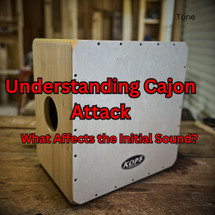Posted by Steve Head on 22nd Aug 2024
Understanding Cajon Attack: What Affects the Initial Sound?
The attack of a cajon—the sharp, immediate sound produced when you strike the front face (tapa)—is one of the most defining characteristics of the instrument. As the owner of Kopf Percussion, I’ve spent years refining the attack of my cajons to ensure they deliver the precise, powerful sound that percussionists seek. But what exactly influences the attack of a cajon? In this blog post, I’ll dive into the factors that affect the attack and how these elements work together to shape the sound of your cajon.
1. Material of the Tapa
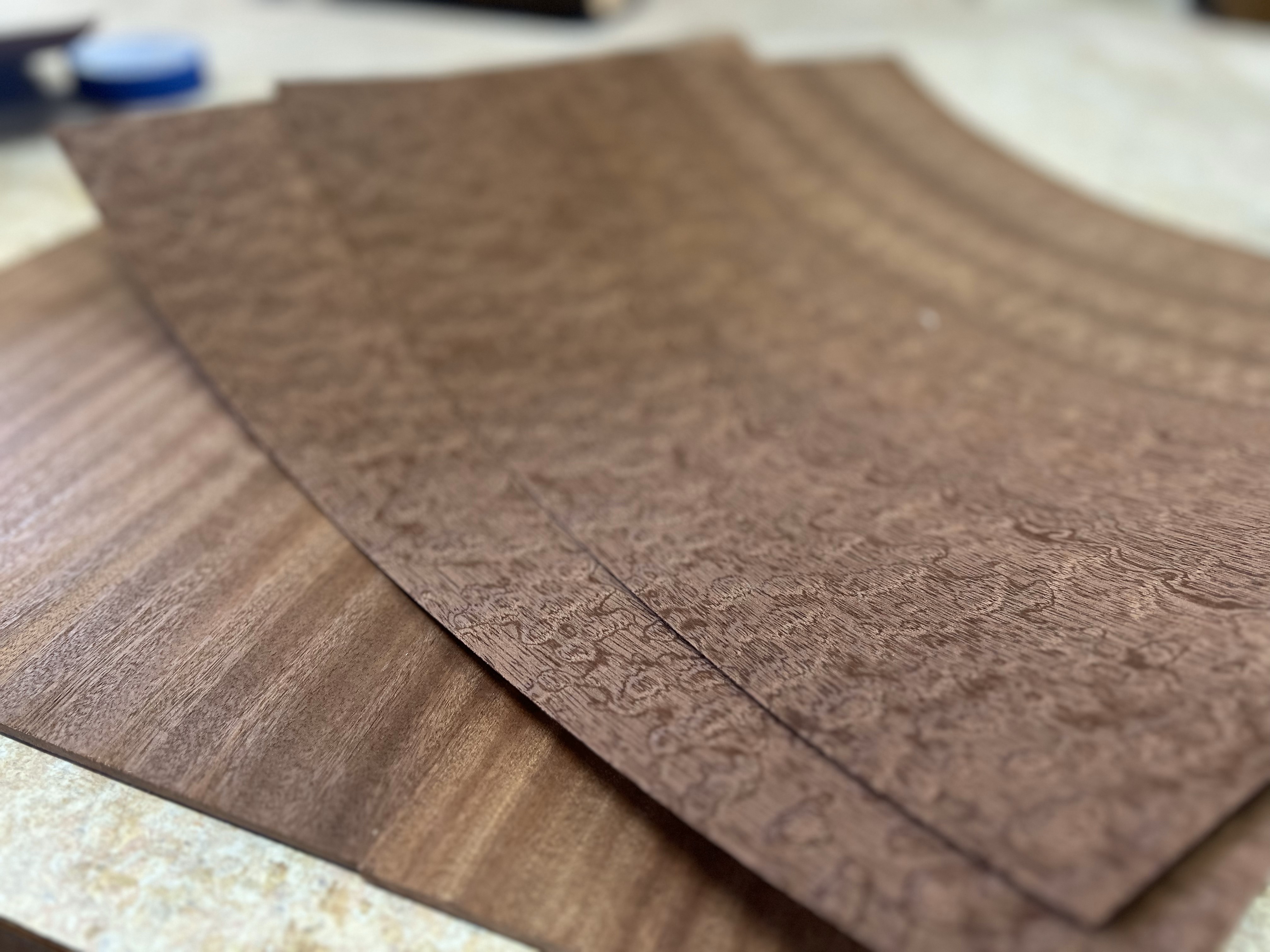
- Impact on Attack: The material used for the tapa is one of the most significant factors in determining the attack of a cajon. Tapa materials range from thin plywood to more exotic hardwoods. Thinner woods generally produce a sharper, more pronounced attack, while thicker or softer woods can create a more subdued, mellow initial sound.
- Example: At Kopf Percussion, I carefully select high-quality woods for the tapa to achieve the desired balance between sharpness and warmth. For example, birch wood is often used for its bright, responsive attack, making it ideal for genres like Flamenco.
2. Thickness of the Tapa

- Impact on Attack: The thickness of the tapa directly affects the attack by influencing how much the wood can flex when struck. A thinner tapa will flex more easily, resulting in a quicker, more pronounced attack. Conversely, a thicker tapa will produce a softer, less immediate attack due to its rigidity.
- Example: Depending on the musical style and personal preference, I might recommend a thinner tapa for players who need a quick, cutting attack, or a thicker one for those seeking a more controlled, resonant tone.
3. Tension and Mounting
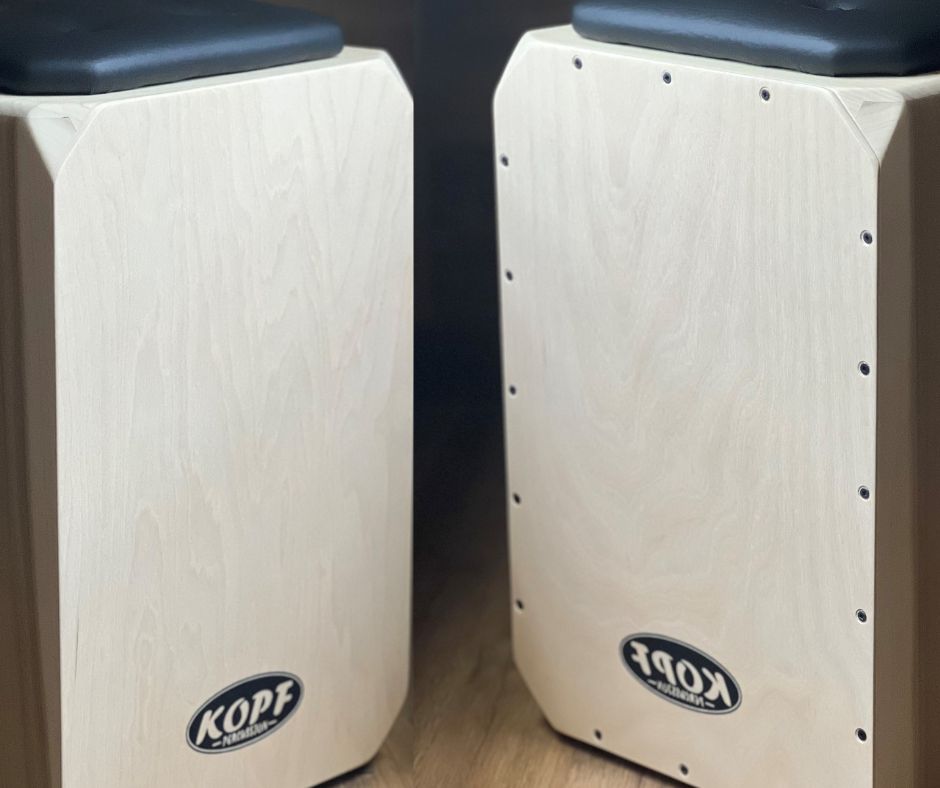
- Impact on Attack: How tightly the tapa is mounted to the cajon’s frame also plays a critical role in shaping the attack. A tightly mounted tapa will produce a sharper, more focused attack, while a looser mounting might result in a more diffused, softer initial sound.
- Example: Some cajons feature adjustable screws on the tapa that allow players to modify the tension, giving them the ability to customize the attack to their liking. This adjustability is particularly valuable for musicians who play in different settings and need to adapt their instrument’s sound.
4. Internal Snare System
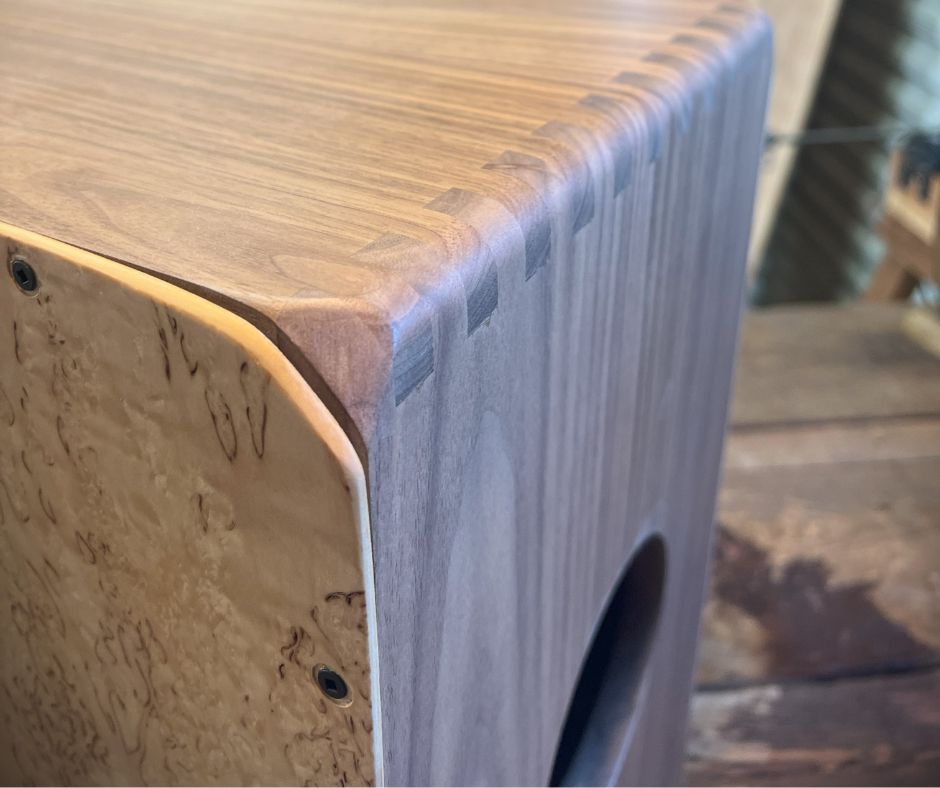
- Impact on Attack: Many cajons include an internal snare system, which can significantly influence the attack. When you strike the tapa, the snares vibrate, adding a crisp, snappy element to the attack. The tension and placement of these snares determine how much they contribute to the overall sound.
- Example: In my S-Series Snare Cajons, I carefully design the snare system to produce a clear, articulate attack that complements the deep bass tones. The balance between snare response and bass resonance is key to achieving a versatile, dynamic sound.
5. Player’s Technique
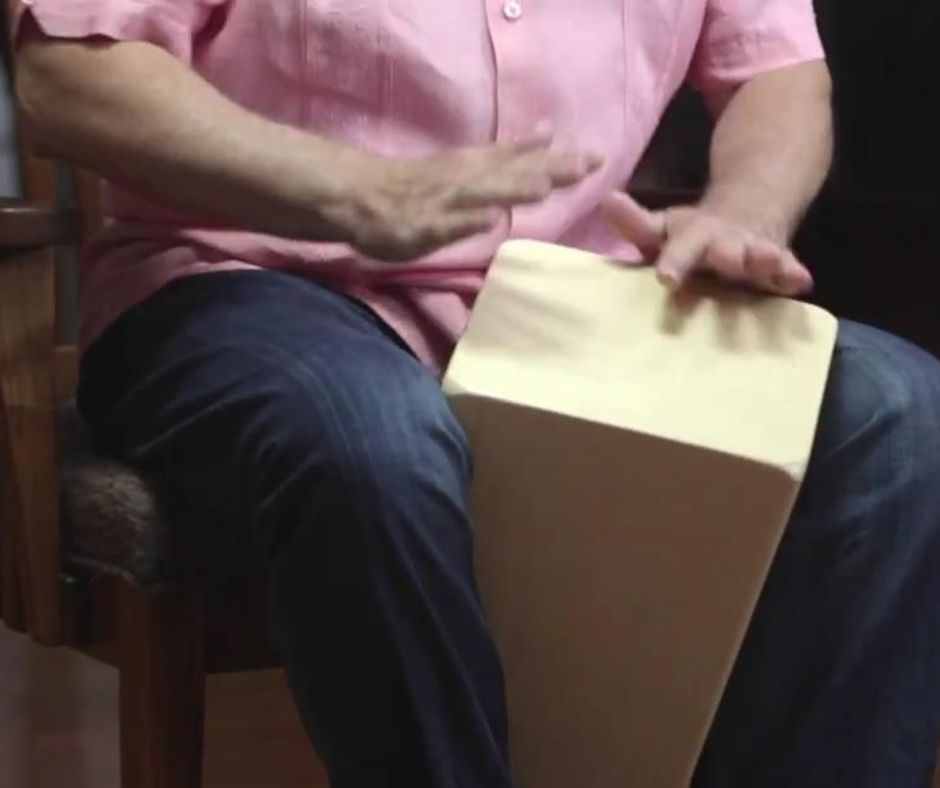
- Impact on Attack: While the construction of the cajon is crucial, the player’s technique also greatly affects the attack. The speed, force, and part of the hand used to strike the tapa can all change the character of the attack.
- Example: A more forceful strike using the palm will produce a stronger attack, ideal for emphasizing the bass, while a lighter, quicker strike with the fingers can create a sharper, more percussive attack that highlights the snare response.
6. Cajon Design and Construction
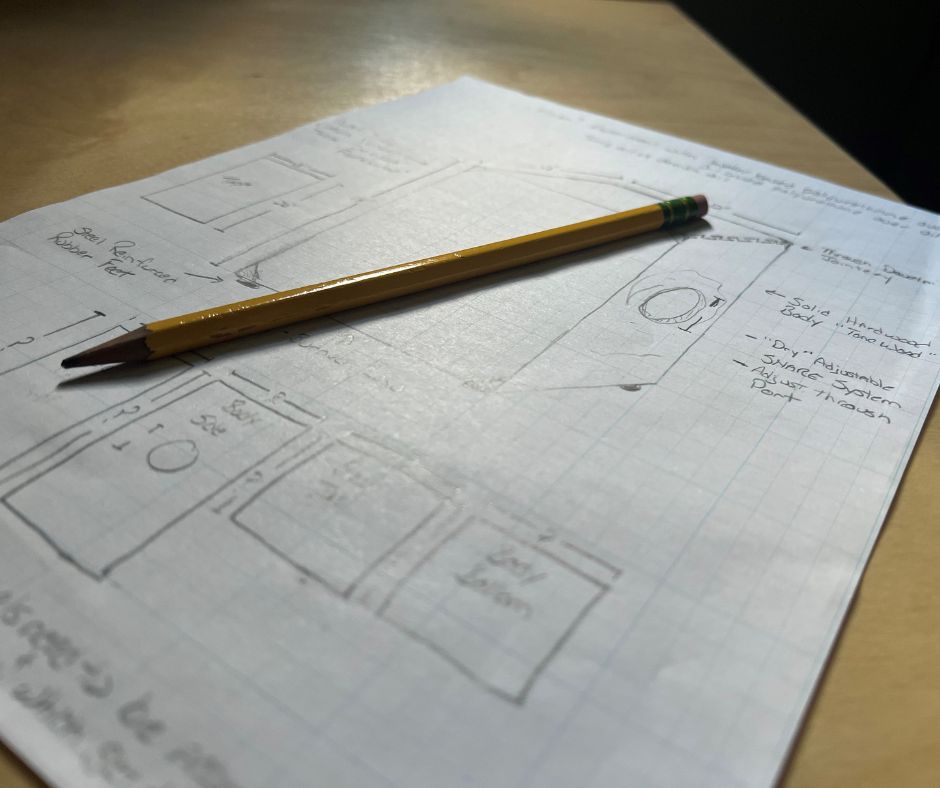
- Impact on Attack: The overall design and construction of the cajon, including the size, shape, and internal structure, all play a role in determining the attack. A well-constructed cajon with carefully considered dimensions and materials will naturally produce a better-defined attack.
- Example: At Kopf Percussion, I meticulously design each cajon to ensure that all elements work in harmony. This includes not just the tapa and snare system, but also the body’s dimensions and the placement of the sound hole, all of which contribute to a well-balanced, impactful attack.
7. Sound Hole Size and Placement
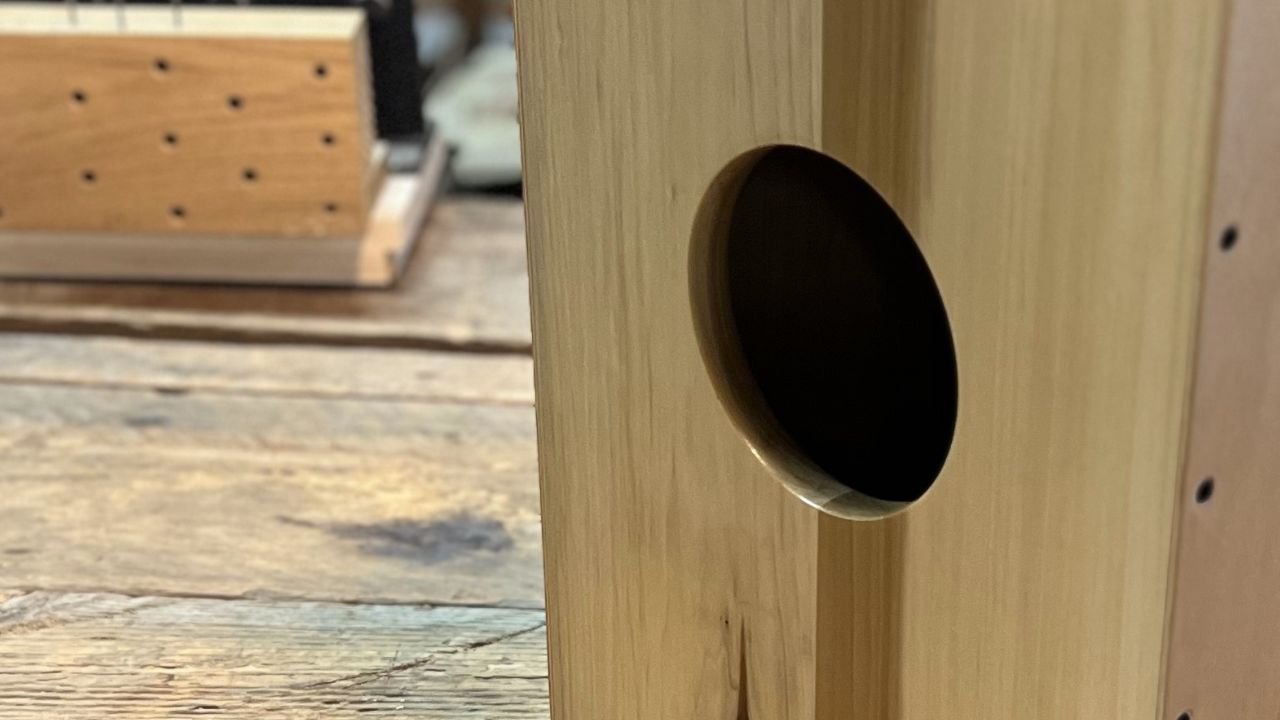
- Impact on Attack: The size and placement of the sound hole can also influence the attack. A strategically placed sound hole can help project the initial sound, making the attack more pronounced and focused.
- Example: In some of my cajon models, I experiment with different sound hole placements to optimize the attack and overall sound projection, ensuring that each strike is clear and powerful.
Conclusion: Crafting the Perfect Cajon Attack
Understanding what affects the attack of a cajon is essential for both players and builders. Whether you’re looking for a sharp, cutting sound or a more subdued, resonant tone, the attack is a key element that defines the character of your instrument. By paying attention to the materials, construction, and playing techniques, you can shape the attack to suit your musical needs.
At Kopf Percussion, I’m committed to crafting cajons that offer the perfect balance of attack, sustain, and resonance. Each cajon is designed with the player in mind, ensuring that you get the best possible sound for your style. If you’re interested in learning more or exploring my handcrafted cajons, feel free to check out my collection Kopf Percussion Cajons. Let’s work together to find the perfect cajon for your sound.

